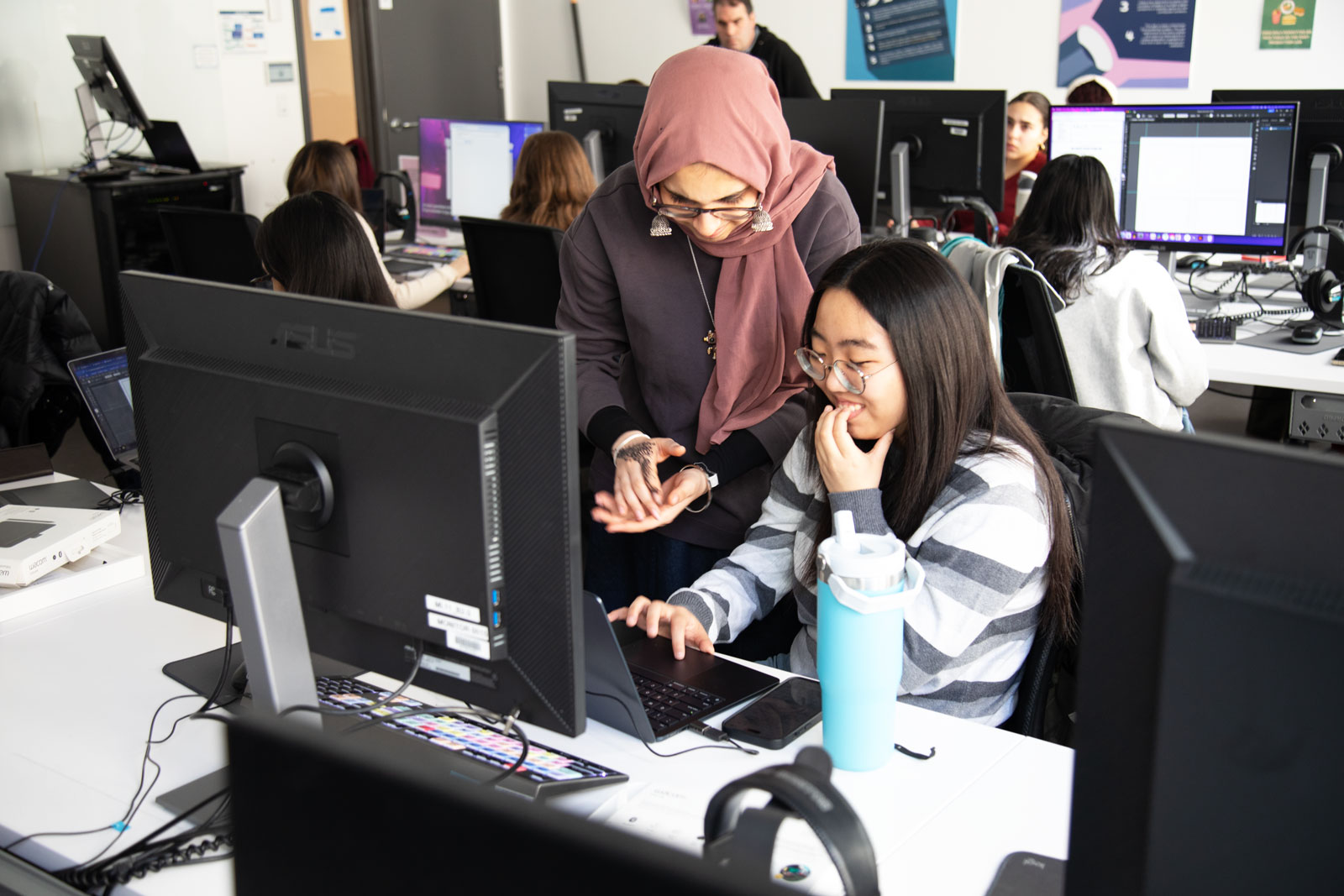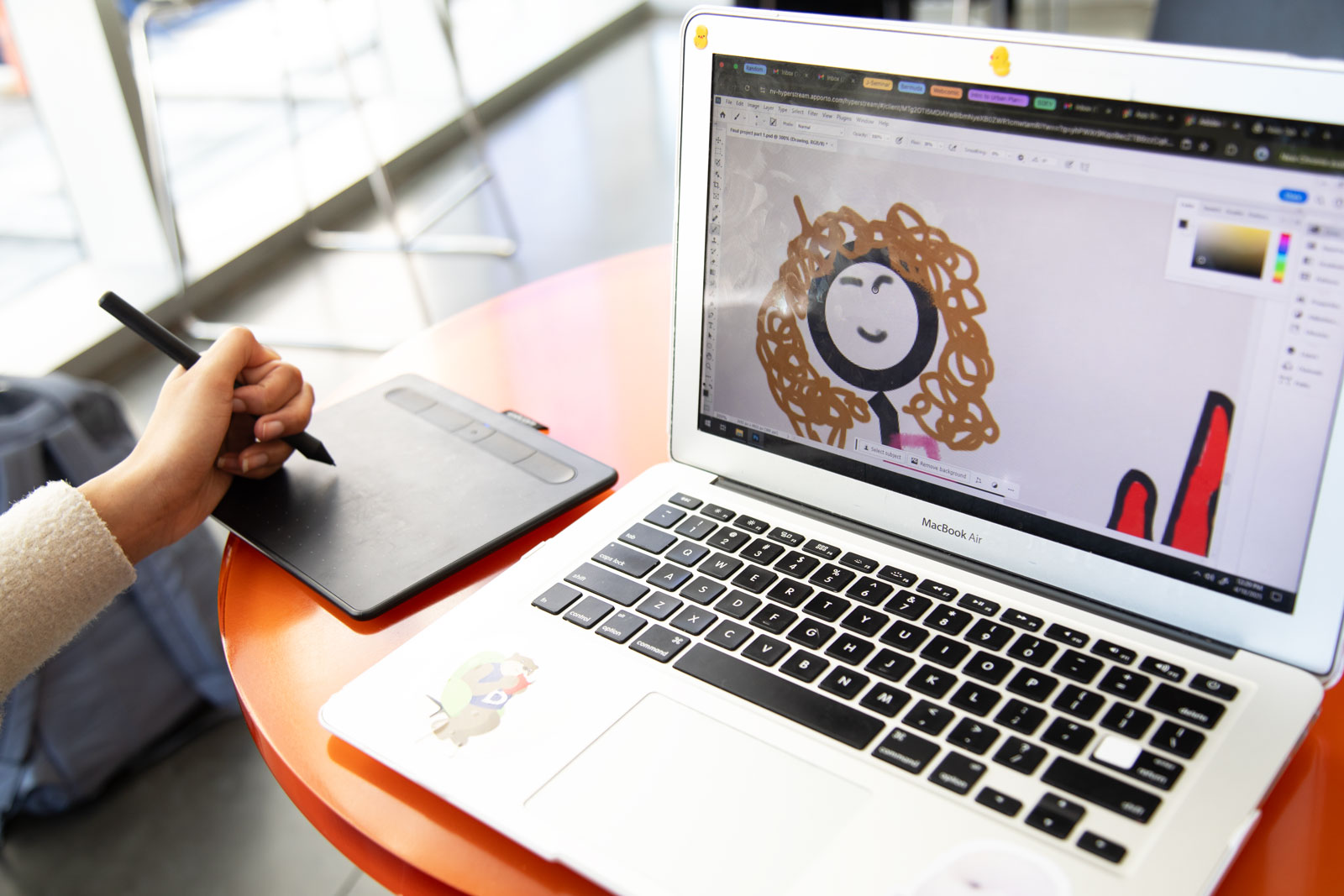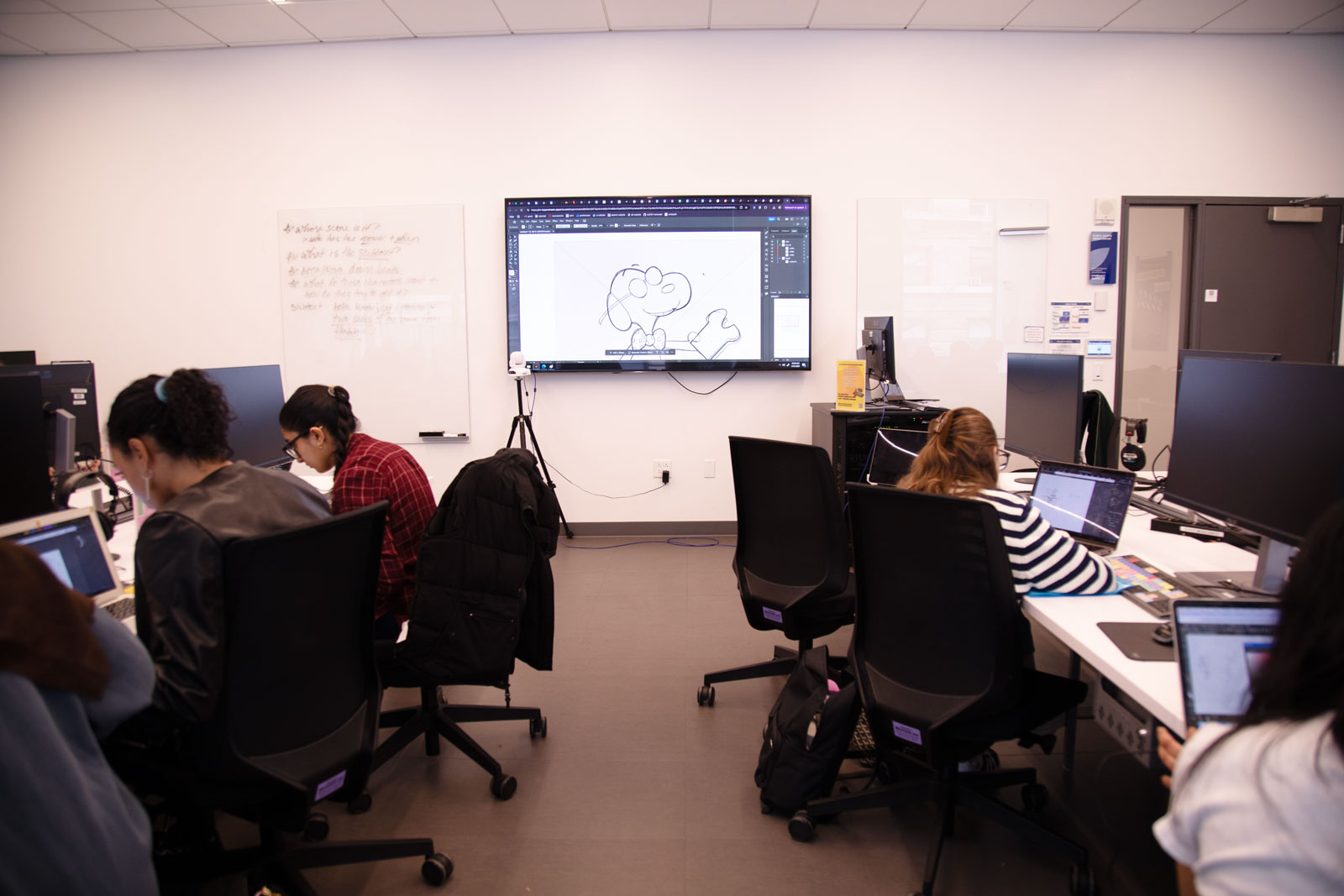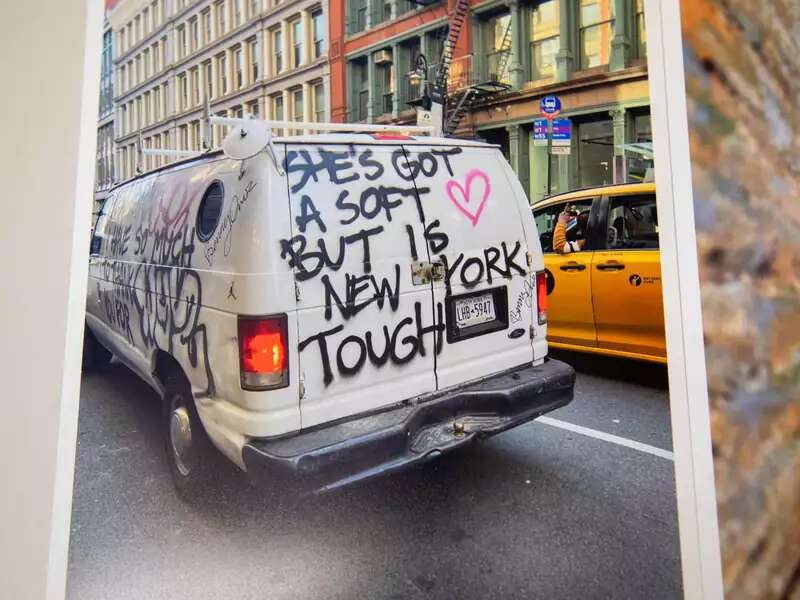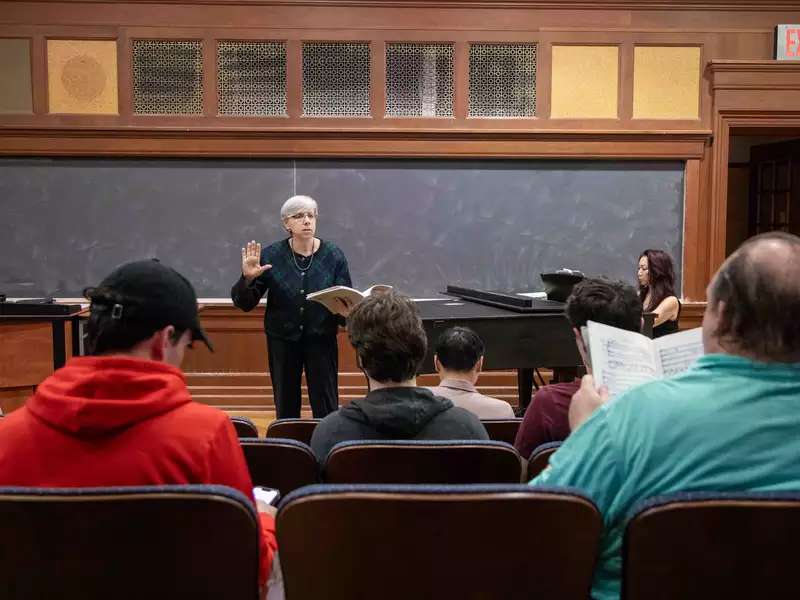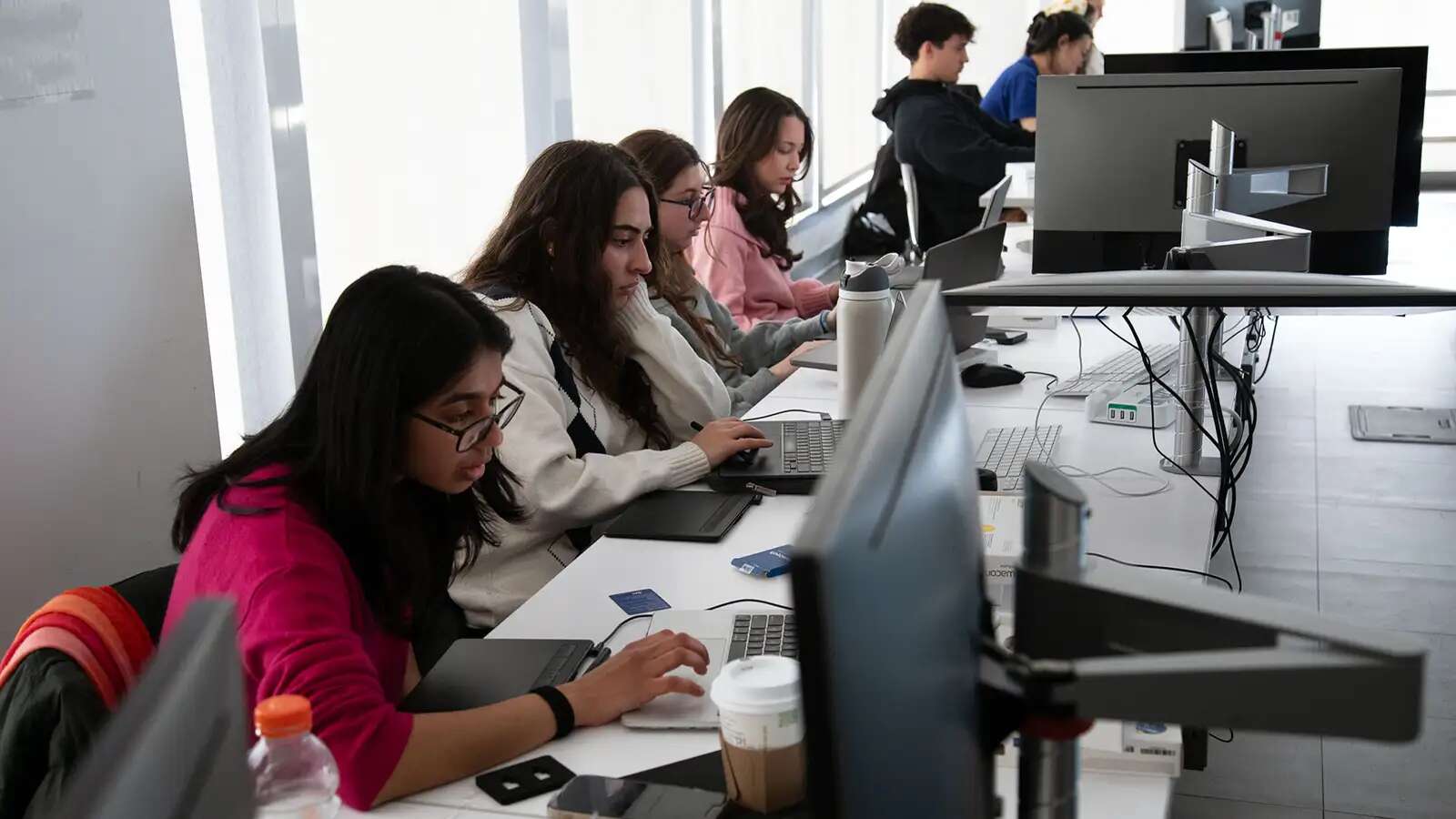
Benjamin Breyer, senior lecturer in the English Department and First-Year Writing program, gives students an opportunity to think outside the literary box by introducing them to the nontraditional, democratizing form of literature called webcomics. Breyer believes they are drawn to the subject because it is of the now and addresses contemporary matters that they deeply care about.
“This class is particularly timely for Barnard students because of the way in which it allows the types of stories that they want to read and can connect with to be told and to be brought into the classroom,” said Breyer. “It’s a literature that speaks to the lives of students on campus today, their concerns pertaining to sexual identity and political issues. These are all themes that are readily found in some of the most popular webcomics.”
Another aspect that makes the course so appealing to students is that they don’t have to have strong technical skills. The only requirement is intellectual curiosity. To begin with, each student gets a digital drawing tablet to use in the production of their own webcomic. Over time, the course transitions from a traditional classroom to a digital media lab where students work with the technologies used to produce the webcomics. There’s also a Computing Fellow assigned to the course who provides essential technical support for how to use digital drawing tools.
Through the combination of learned technology and the variety of literature read — a mixture of traditional academic readings, studies of webcomics and of electronic literature broadly, as well as instructional reading in color theory — students begin to create their own webcomics projects by working in Adobe Creative Suite and Photoshop. Breyer hopes that by the end of the semester, students will be more attuned readers of webcomics who also feel empowered to bring their own visions into the comics community.
Community building is exactly what the course’s interdisciplinary nature and peer-to-peer learning offers, as its students come from a range of academic majors, such as environment sustainability and urban studies, computer science and education, and more.
“Not only will students create their webcomics, but they’re going to design websites that host them,” said Breyer. “Our ultimate goal in the class is to have students link their websites together, which will in turn allow for cross-promotion, much like a webcomic on the web would do.”
To learn more about the Webcomics Revolution course, watch the video above.

